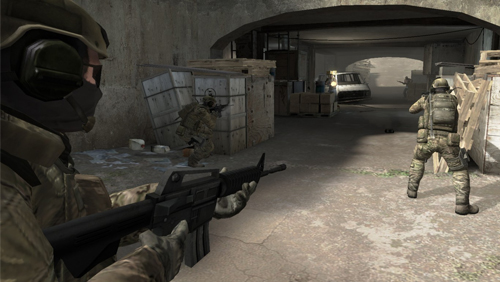This is a guest contribution by Luke Cotton, Esports Specialist at Digital Fuel Marketing and founder of CSGO Betting. If you would like to submit a contribution please contact Bill Beatty for submission details. Thank you.
It’d be fair to say that the regulated betting industry sees Esports betting as 2015’s hot topic. Perhaps in one year’s time it will have exploded or perhaps it will be consigned as a flash in the pan topic for gambling companies just as social gaming has been. In reality, Esports betting hasn’t just emerged over the past few months but has seen huge betting volumes wagered through unregulated markets since the opening of DotaLounge and more significantly, CSGOLounge, in August 2013, 12 months after the game’s release. It is not a coincidence that viewership of professional CounterStrike matches has grown from around 30,000 viewers to 500,000 viewers since the introductions of skins to the game and the various skin betting websites opened. No such websites undertake any age verification or form of KYC.
Up to $4.5m per day is staked on such websites. Recently, there was a single casino style jackpot of over $100k played out in one spin. Except the amounts wagered aren’t actual money. Or are they?
“Skin betting” as it is known, is where users wager in-game items in tote pools, either on the outcome of Esports matches or in casino style jackpots. These in-game items are purely cosmetic and are seen as a status symbol in the same way that Prada is more impressive than Primark. On the face of it, how can these virtual items have any value? The ownership of such items is always retained by the publisher, Valve, and there is no way to sell them back to Valve.
